Hollywood, 1939… the glitz and glitter of a bustling young movie town at the height of its golden age… The Hollywood Tower Hotel, a star in its own right… a rogue lightning strike… a descent into a deserted hotel on the dark side of Hollywood with a detour into The Twilight Zone… Sound familiar? Forget it all.
Today, our Modern Marvels series embarks on a cross-country expedition: from Orlando to Tokyo; New York to Hollywood. This can only be the sensational story of one of the most uniquely original attractions Imagineers have ever designed; a sincerely one-of-a-kind ride with all the features that fans crave: an original story, overwhelming detail, and a pulse-pounding thrill that’ll leave your heart in your chest.
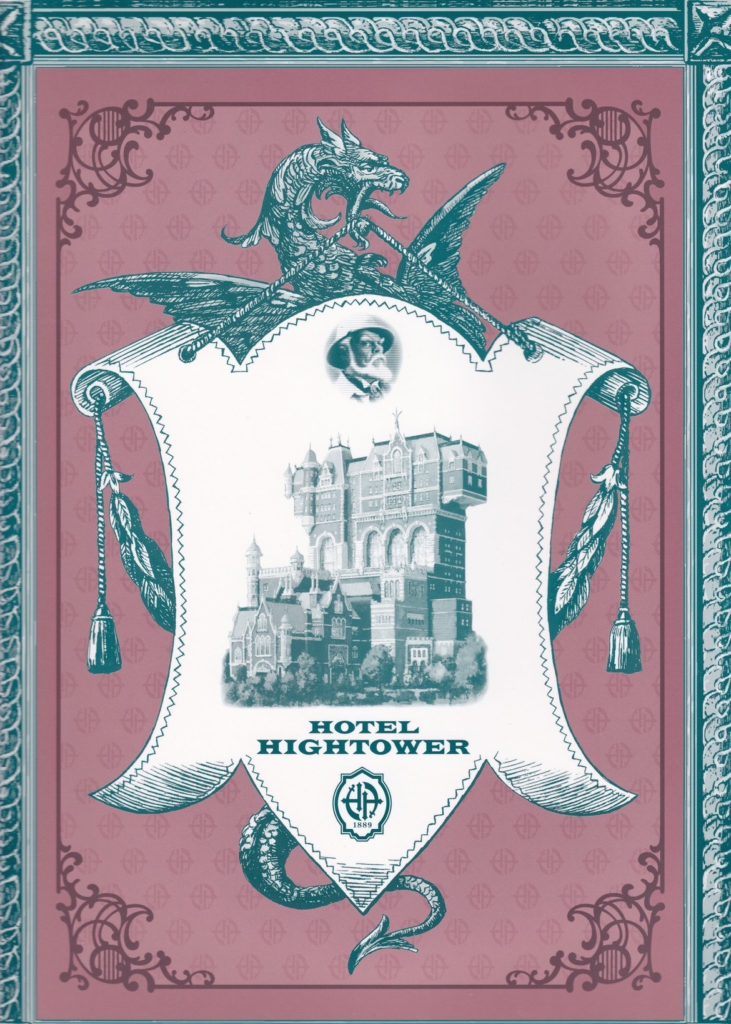
You may think you know the story, but Tokyo DisneySea’s Tower of Terror has a few surprises in store. Do you dare uncover the mysteries of the abandoned Hotel Hightower? To get the full story, we have to start a world away. Our cross-continental journey begins with a most unusual agreement…
And before we head off, remember that you can unlock rare concept art and audio streams in this story, access over 100 Extra Features, and recieve an annual Membership card and postcard art set in the mail by supporting this clickbait-free, in-depth, ad-free theme park storytelling site for as little as $2 / month! Become a Park Lore Member to join the story! Until then, let’s start at the beginning…
Tokyo + Disney
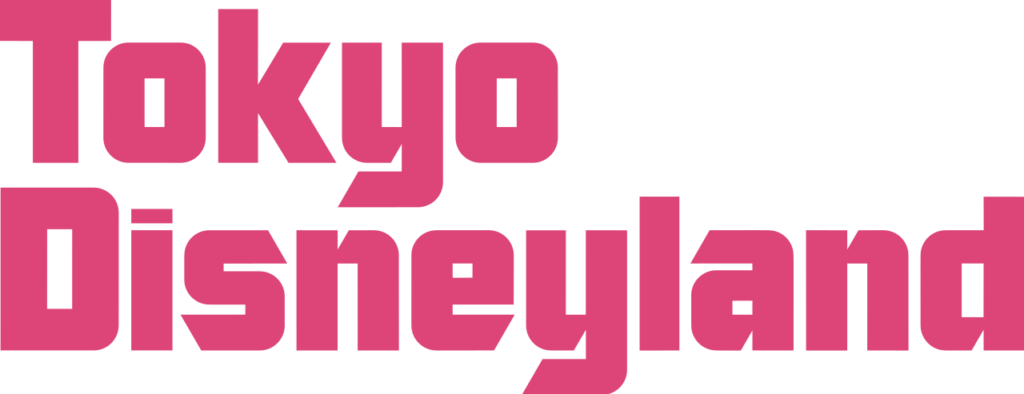
When Tokyo Disneyland opened in 1983, it was the culmination of a very unusual project for Walt Disney Productions. Still mired in a dark period of the company’s history and stretched thin by the design and construction of EPCOT Center, Disney executives had agreed to construct the Japanese resort as a revenue generating opportunity.
In short, Disney had been contacted by a Japanese land management conglomerate called the Oriental Land Company (OLC) who’d used land reclamation to create a 200-acre parcel of new land on Tokyo Bay. OLC had long been courting Disney with the notion of building a theme park in the new Maihama, and given the company’s finances at the time, they relented and agreed in 1979.

As a matter of fact, it’s OLC who made Tokyo Disneyland so unique. First of all, as Disney’s design and construction partner in the project, OLC had a very clear vision for what they believed a “Tokyo Disneyland” should look like. And surprisingly, it wasn’t that much different from Magic Kingdom.
Yes, one of the most peculiar things Imagineers encountered in their design of Tokyo Disneyland was just how “American” OLC wanted the park to be. They wanted a mid-century Main Street; a Westerland celebrating the American frontier; a Tomorrowland modeled after mid-century Space Age Americana.
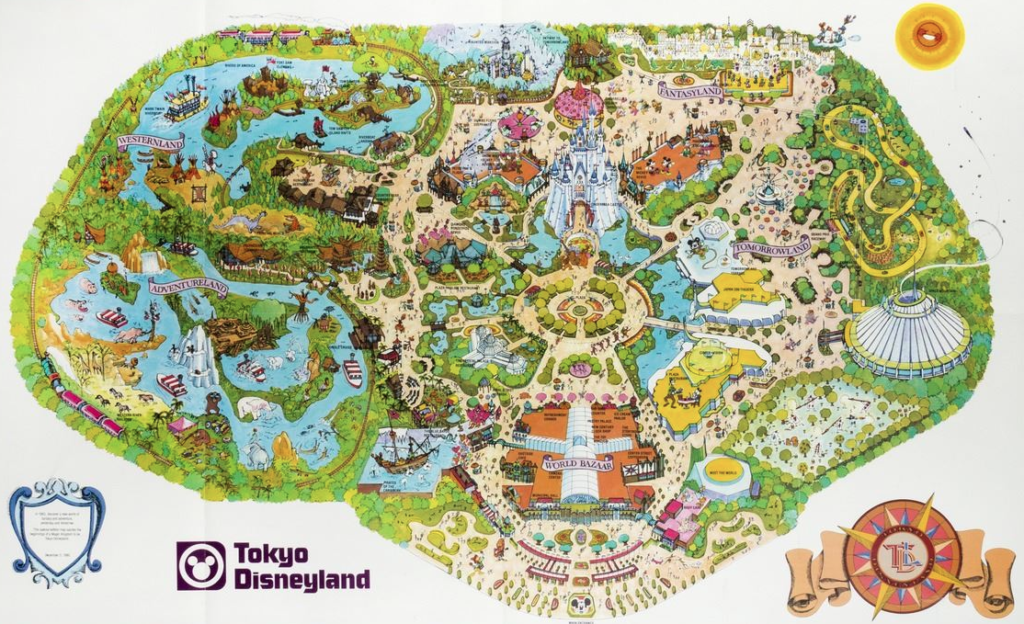
So when Tokyo Disneyland opened in 1983, visitors would find every bit of Americana in tact. OLC had simply helped curate the balance of elements from Disneyland and Magic Kingdom while simultaneously super-sizing pathways and plazas in anticipation of crushing crowds.
Did it work? Let’s put it this way. OLC borrowed $1.4 billion to build the park. In three years, they’d paid it off entirely. In other words, though OLC’s avoidance of incorporating Japanese culture into the park’s stories and attractions may have seemed odd, they were exactly right. OLC’s oversight of the park’s design crafted a collection of attractions that wildly appeal to Japanese fans, who gravitate toward the resort and absorbed Disney classics as if they’d always known them.
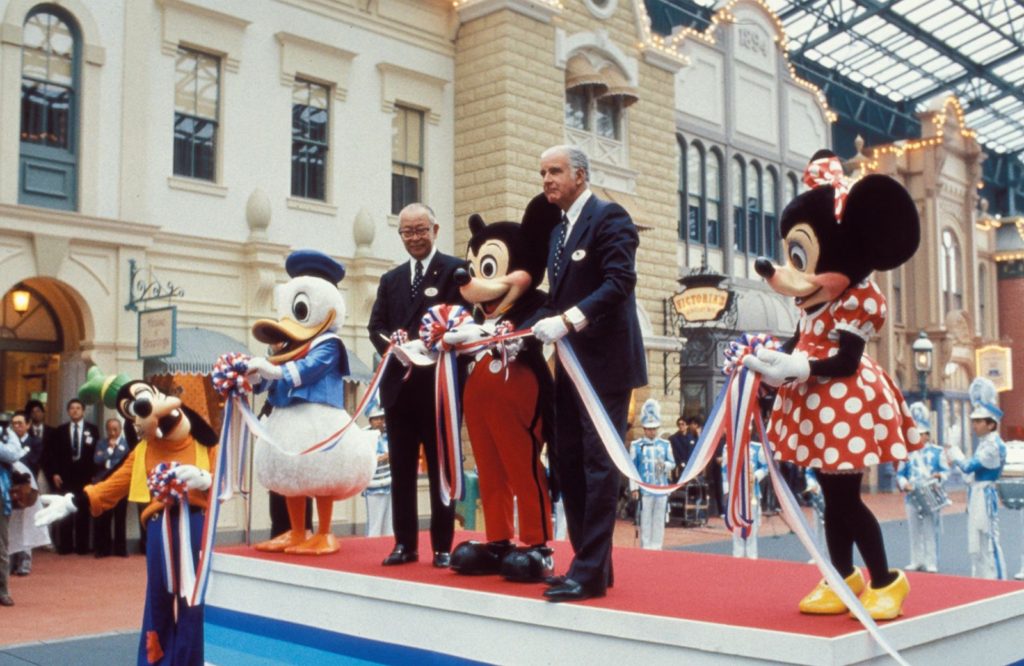
But equally important is what happened after. When Tokyo Disneyland opened, OLC didn’t hand the reigns over to Walt Disney Productions. Instead, OLC requested that they retain the resort entirely. To this day, the Tokyo Disney Resort is wholly owned and operated by OLC, who simply pays Disney licensing, royalties, and fees somewhat like a franchisee. For Disney, it’s a win-win: OLC maintains, manages, and expands the resort as they desire while Disney takes a cut of their success.
It’s also a win for fans, since OLC has historically invested in the property in ways the modern Walt Disney Company almost certainly wouldn’t, giving the Tokyo park the definitive, Blue-Sky, no-corners-cut version of Disney classics and beyond… Meanwhile, back in the United States…
“Ride the Movies”
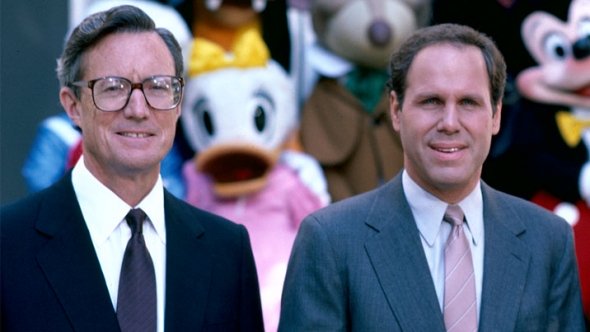
The very next year after Tokyo Disneyland opened, a major management change swept across Walt Disney Productions. Frank Wells and Michael Eisner had been hand-selected by Roy E. Disney (Roy O. Disney’s son; a leader on Disney’s board). The duo were tasked with transforming the company from the ground up, with an emphasis on reviving its filmmaking and studios.
Suffice it to say, they succeeded. We chronicled the whole story in a standalone Space Feature – “Ride the Movies” – but Eisner’s oversight kicked off a decade of ultra-ambitious, wildly expensive, and enormously atmospheric cinematic attractions.
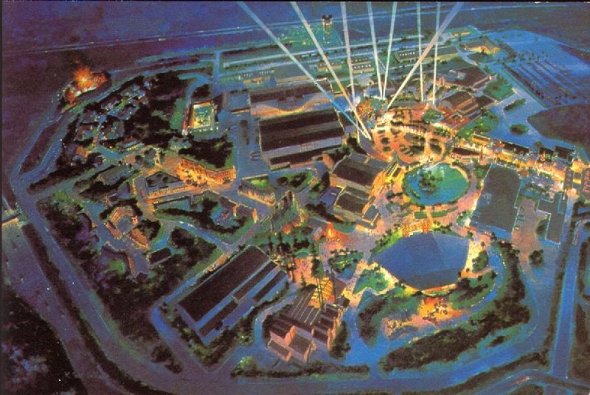
In 1989, one of the largest pieces of Eisner’s strategy debuted: the Disney-MGM Studios. An entire park dedicated to films and filmmaking, the Studio park had just one fatal flaw: it didn’t have enough to do. As luck would have it, the vacancy in the studio aligned with Eisner’s second edict: that Disney Parks needed more thrilling, exciting, and high-energy attractions to attract young people back to Disney Parks.
The Twilight Zone Tower of Terror – Florida (1994)
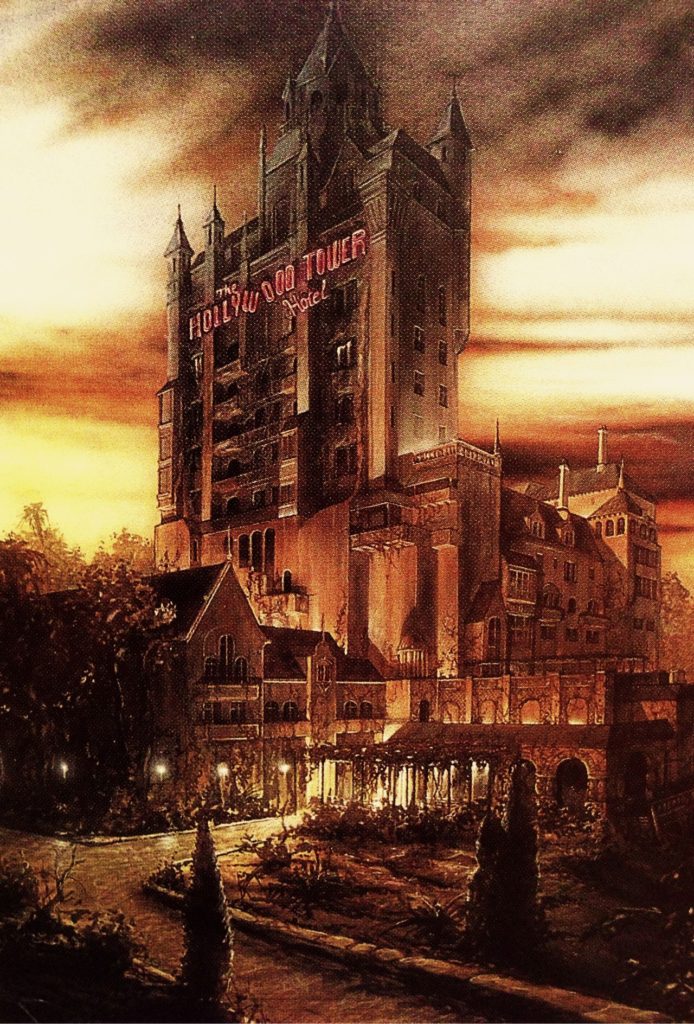
The solution? A long-running plan to incorporate a freefall drop ride into Disney Parks. One step at a time, Imagineers crafted plans for a horror-themed thrill ride that would transport guests into a lost Hollywood hotel for a freefall through the dilapidated ruins. The project grew in scope thanks to a sensational technology and ride system and an IP-infusion.
Eisner brokered a deal to license The Twilight Zone from CBS, giving Disney access to one of the greatest television classics in American history. Created, hosted, and written by Rod Serling, The Twilight Zone had run from 1959 – 1964. The anthology series featured a new story each episode. Sometimes sci-fi and sometimes fantasy; set in the past, present, or future, but always ending with an unexpected twist, The Twilight Zone was a major coup for the park. It was a thrill ride; a horror ride; a drop ride; and a ride-the-movies masterpiece, ticking every box required of Eisner during the era.
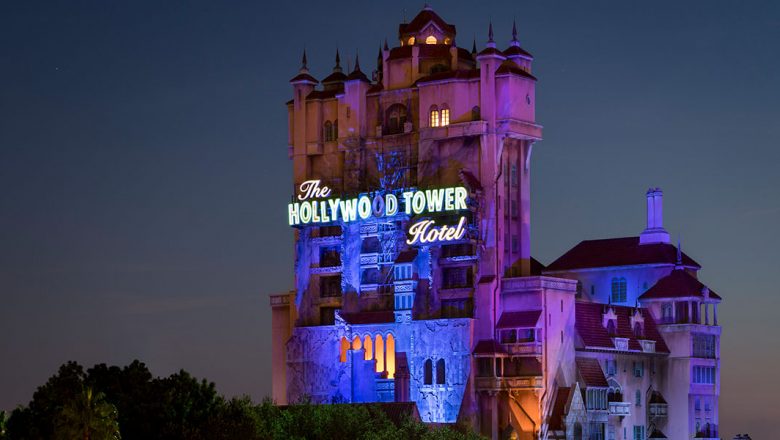
When The Twilight Zone Tower of Terror opened in 1994, it presented a new pinnacle of Imagineering; a never-before-seen scale and scope for a theme park attraction. That’s why we traced the making of this incredible ride in its own Modern Marvels: The Twilight Zone Tower of Terror feature that serves as a must-read prequel to today’s tale… So if you haven’t, consider starting there.
The Twilight Zone Tower of Terror might well be among the last (and certainly among the greatest) products of the “Ride the Movies” era. Soon after its debut, the crushing weight of the financial failure of Disneyland Paris put Eisner off from any large-scale additions or expansions, cancelling a dozen high-profile projects overnight. Unfortunately, far more painful than what Disney didn’t build are the projects that they did…
The Twilight Zone Tower of Terror – California (2004)
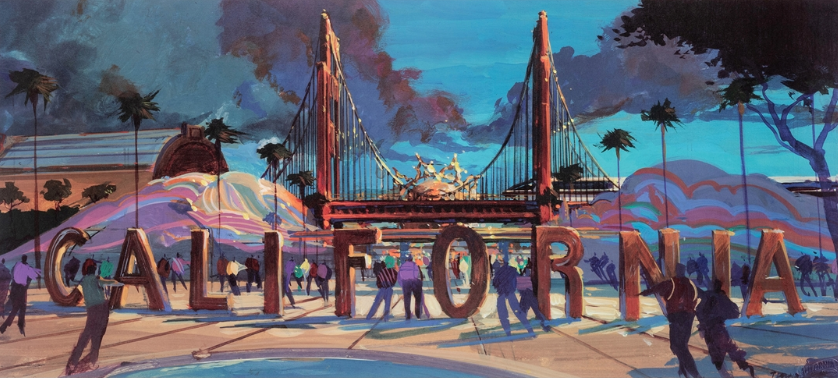
In 2001, original Disneyland underwent a growth spurt. After years of construction, its parking lot was replaced by a second gate. Unfortunately, it took the form of the Declassified Disaster: Disney’s California Adventure. Our tour through the underdeveloped park demonstrated a number of issues, but among them was the park’s severe shortage of Disney-quality and its lack of things to do.
Luckily, both could be solved by the landmark ride that had debuted at the Disney-MGM Studios a decade earlier. In 2004, Disney’s California Adventure opened The Twilight Zone Tower of Terror, too. However, California’s version of the ride had been reimagineered.
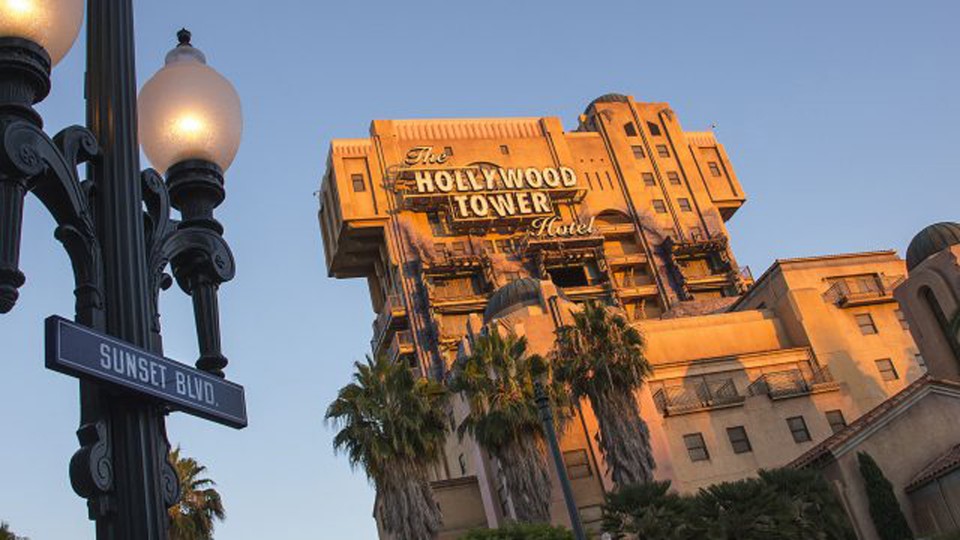
Given the immense expense of the Floridian original, a direct copy was out of the question. Instead, California’s ride debuted a new take on the ride system, axing the most expensive (and admittedly, showstopping) element and requiring a re-arranged build (with the showbuilding set in front of the drop tower rather than hidden behind).
The Twilight Zone Tower of Terror was a quick-fix solution to temporarily boost California Adventure’s status. However, it would also act as a pivot point, inspiring a five-year, billion-dollar reboot of the park hinging on historic Californian settings and adventurous legends of the Golden State.
But even moreso, its lower-cost, higher-efficiency reimagining of the drop ride system turned the Twilight Zone Tower of Terror into a ride that could comfortably be duplicated among Disney Parks without the tremendous expense and scale of the original… Suddenly, this starring E-Ticket became an option in the catalogue.
To the sea…
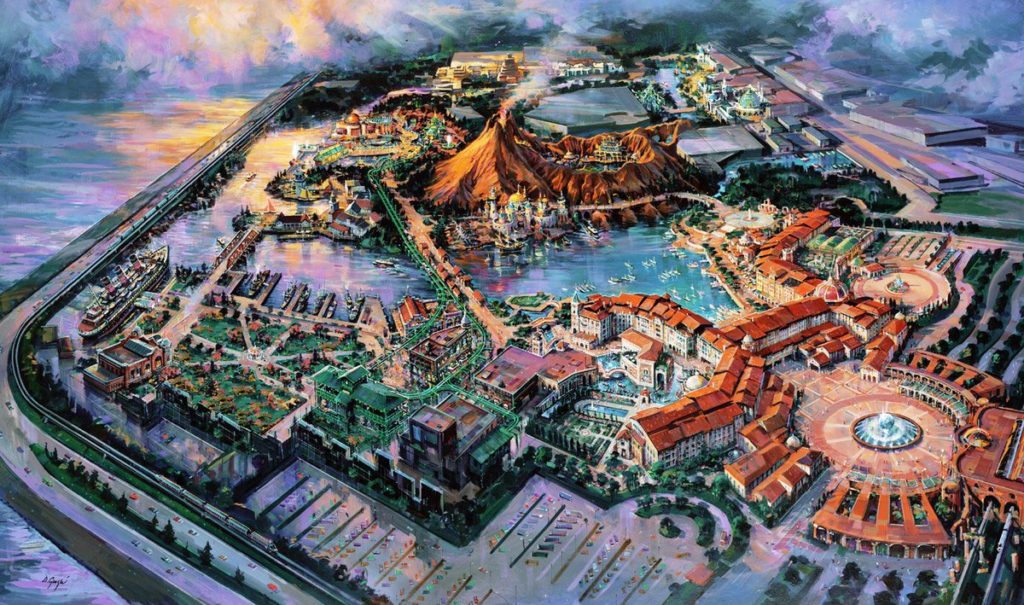
In September 2001 – just seven months after the debut of Disneyland’s second gate – OLC opened their own second gate in Japan: Tokyo DisneySea. Reportedly costing over $4 billion, DisneySea was like nothing Disney Parks fans had seen before. Built out in every concievable way, this incredible park was instantly elevated to a must-visit Mecca for Imagineering fans.
Stocked with custom-made attractions, the park contained seven themed “ports” of incomprehensible scale, like the sprawling Mediterranean Harbor, the exotic Arabian Coast, the Lost River Delta, and the literary Mysterious Island, each a habitable world infused with fantasy and layered with extravagent detail and storytelling.
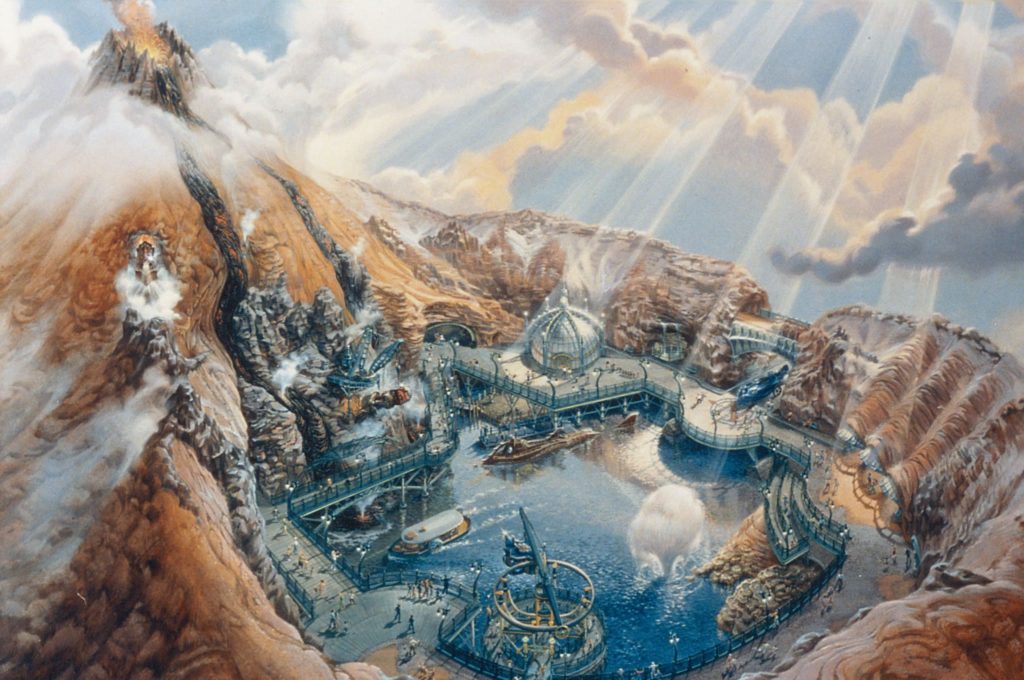
Though DisneySea was anchored by the Modern Marvels: Journey to the Center of the Earth and an Indiana Jones Adventure, it followed a new principle: the park as an E-Ticket in and of itself. Put another way, you could walk around DisneySea all day, ride nothing, and still leave feeling accomplished. Its immersive, extraordinary, and spectacular themed lands are world class attractions, and icons of themed entertainment design.
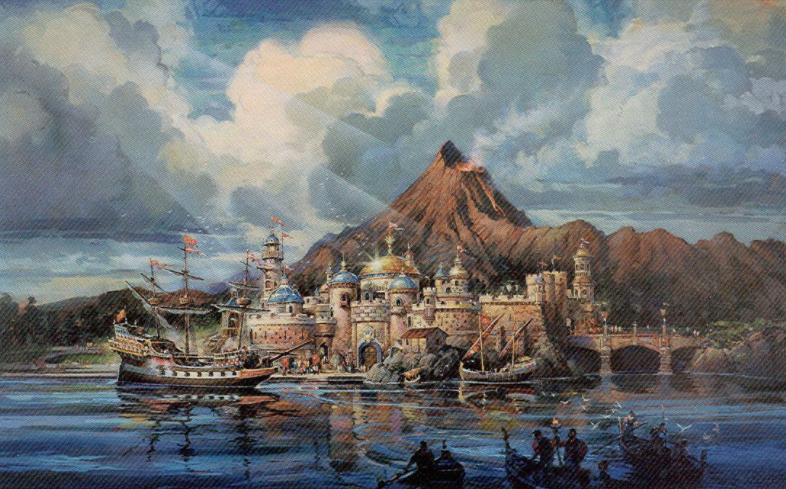
Take, for example, Fortress Explorations – a Renaissance palace embedded in the cooled lava flows of Mount Prometheus, serving as an icon when viewed across the park’s Mediterranean Harbor. You might do well to consider Fortess Explorations a spiritual sequel to Tom Sawyer Island; an entirely-explorable mini-land of bridges, turrets, spiral staircases. The fortress is also filled with science experiments, artwork, brain teasers, a working camera obscura, an ancient planetarium, and a scavenger hunt puzzle called Leonardo’s Challenge.
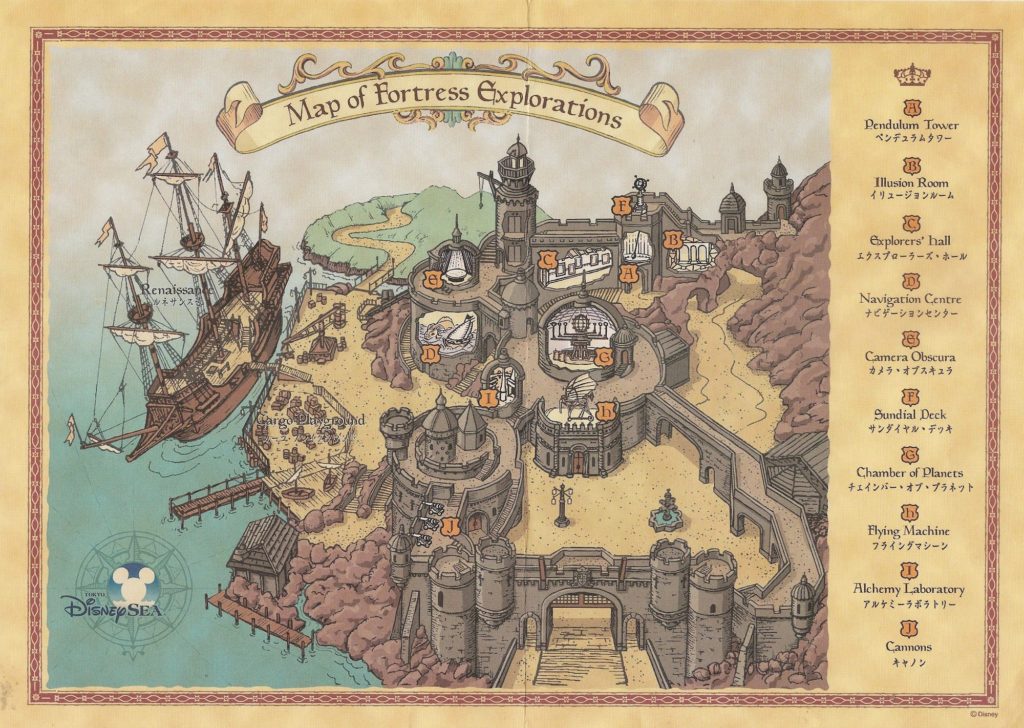
Strolling down to the waterfront, guests can climb through a dock of crates and nets, and onboard the S.S. Renaissance.
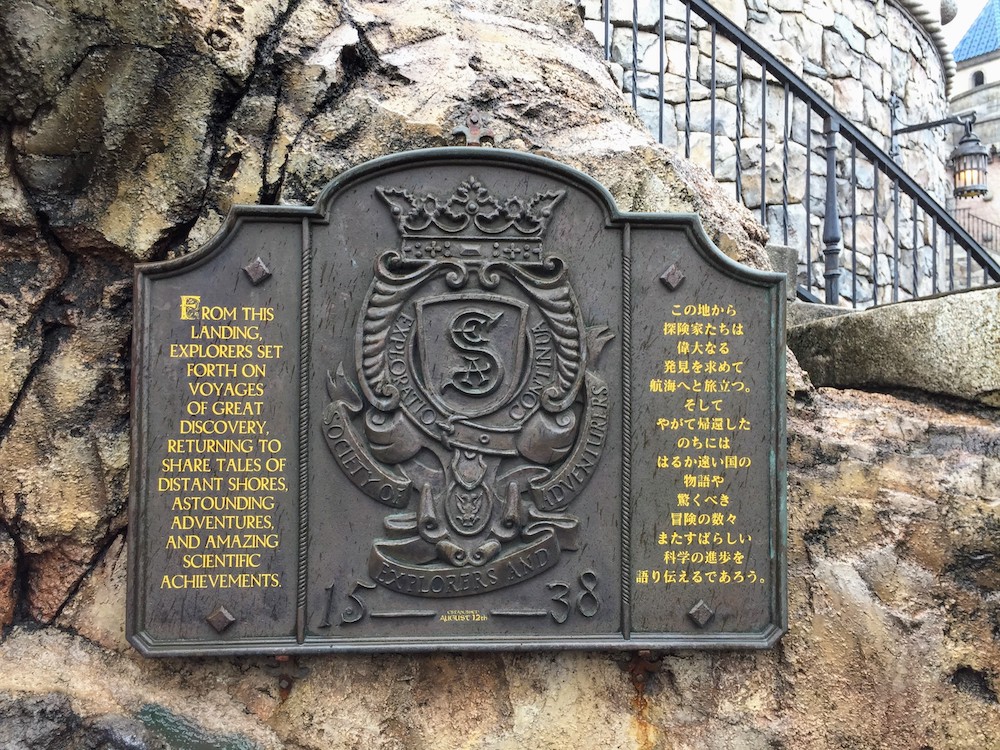
And if you look closely enough, you’ll find a time-tested plaque dedicating the Fortress to S.E.A.: The Society of Explorers and Adventurers – a secret society connected to the legacies of inventors and dreamers like Leonardo da Vinci and Magellan. In fact, the full service restaurant tucked away inside the Fortress – Magellan’s – even features a secret dining room hidden behind a bookcase – a meeting place for S.E.A.
Tokyo DisneySea was something different. And OLC had a particular interest in a very important ride at Disney Parks making its way to Japan…


